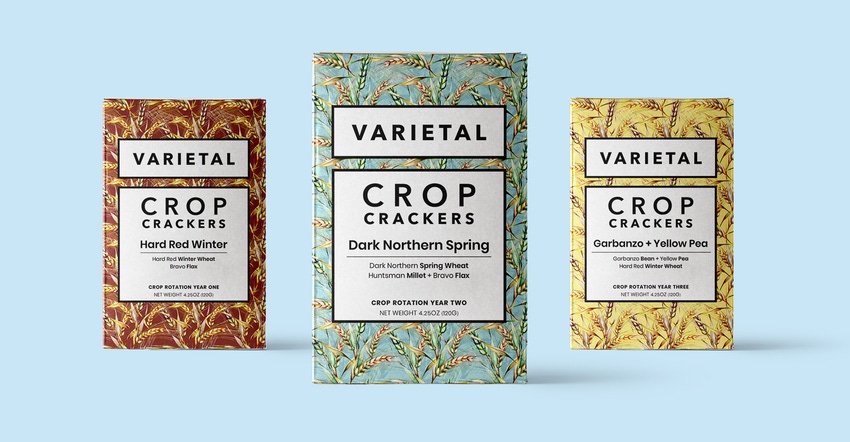
Soil health. Regenerative agriculture. Nitrogen fertilizer. These words are common around the farm, but they may become the topic of conversation at any dining room table as more consumers search grocery store aisles for these words on food and beverage products.
Spoonshot is a food and beverage intelligence company that specializes in consumer needs and trends, as well as opportunities for food and beverage companies. It released its Trends for 2023 and Beyond report, and it comes as no surprise that agriculture is at the heart of these trends.
Ranjana Sundaresan, lead research analyst at Spoonshot, shared the top six trends during a recent online seminar:
1. Urgen-sea. This is all about the increase in consumption of fish across the globe at a time when freshwater and ocean fish populations are dwindling, Sundaresan said. The decline in fish availability is providing an opportunity for a plant-based alternative — which includes the use of soybeans, fava beans, peas, haricot beans and green lentils.
However, the report found these to have lackluster performance in the marketplace. Sundaresan said algae, seaweed and jackfruit hold more promise in this space, and looks for companies to continue searching to fill the alt-fish demand.
2. Clean plate. This trend focuses on the plant-based space and consumers' need to see ingredients on the label. Spoonshot found that the plant-based meat trend came with too many ingredients. “Products are increasingly being called out for the use of too many highly processed ingredients, including preservatives, stabilizers and various other additives,” Sundaresan said. “Concerns over ultra-processed foods are also on the rise.” So, companies need to keep it simple. “A shortened list of ingredients allows for clean label messaging,” she added.
Oddly, the most talked about of the clean label plant-based foods is vegan, followed by gluten-free. Of the top 10 most talked about clean label plant-based products, vegan is first, followed by gluten-free. Non-GMO came in last with only 8% of the conversations.
3. Earthy endeavor. Food companies are focusing on soil health and nitrogen. “Currently, the most popular callout we’re seeing on pack is food grown using regenerative agriculture,” Sundaresan said. “Smaller companies focus on specific methods of regenerative ag, like crop rotation.”
Alpha Food Labs sells Varietal Crop Crackers, which offers the crop rotation list on each package for years 1 to 3. For example, its year 2 crop rotation crackers list is Dark Northern spring wheat, millet and flax. Ag companies like PivotBio are taking it to a whole new level with its snack brand Connect, which offers yellow popcorn with “grown using no synthetic nitrogen fertilizer” clearly on the bag.
4. Spice time. The world likes its food hot. While the U.S. has its fair share of chili pepper production in the southwest, there is a new spice making a name in the food industry. Chaat masala is a spice blend from north India. It is a staple flavor enhancer for many street dishes, but it is also finding its way into items like Lay’s India’s Magic Masala potato chips and Malai’s Hibiscus Chaat Masala ice cream — available in the U.S.
5. Cradle-to-grave. This trend focuses on the health benefits of food for women’s wellness. It focuses on products for all stages of life such as organic hemp seed Hembal Infant formula, saffron flowers in chocolate for premenstrual syndrome, and dairy and soy-influenced products for menopause symptoms. Sundaresan said finding more opportunities for plant-based foods to improve human health continues to be a driver for many companies.
6. Mood food. This category is anything infused with THC or psilocybin, which is in certain types of mushrooms. Food has always been linked to nutritional health, but Sundaresan said it is now making its way to mental and emotional health. “Consumers are using these types of food for stress, relaxation and sleep.” Restaurants, along with food and beverage companies, are already using these products.
U.S. companies such as Tempo and Potli Cannabis are launching into the cannabis-infused cracker market. Canna Cafe in Chicago uses delta-8 in its food, another psychoactive compound from cannabis that is said to provide a gentler high, according to the report.
Consumers continue to drive food demand. While their taste buds may change, it appears they will continue to want to know how food is produced on U.S. farms and ranches, as well as those around the world.
About the Author(s)
You May Also Like






